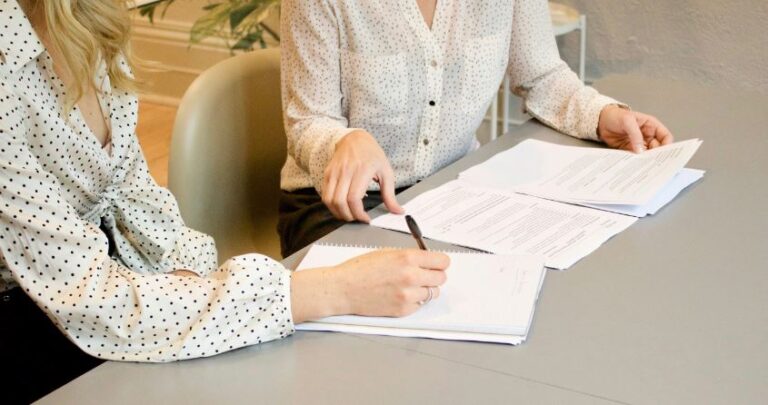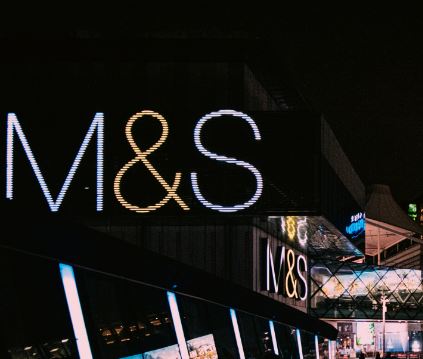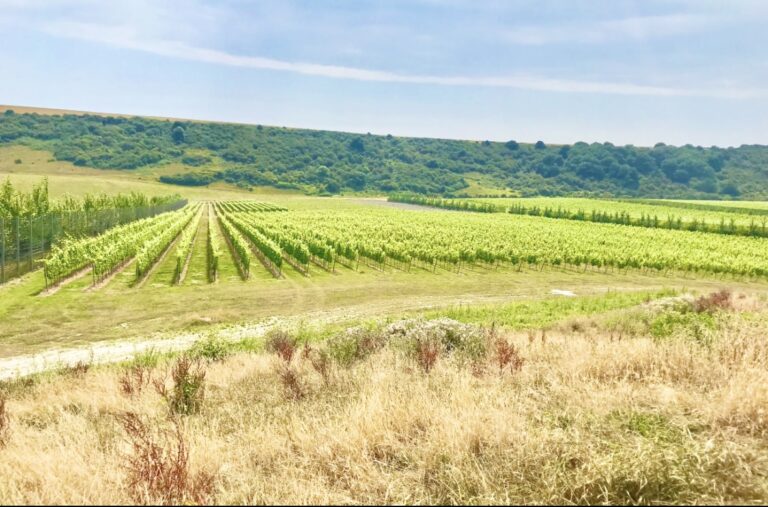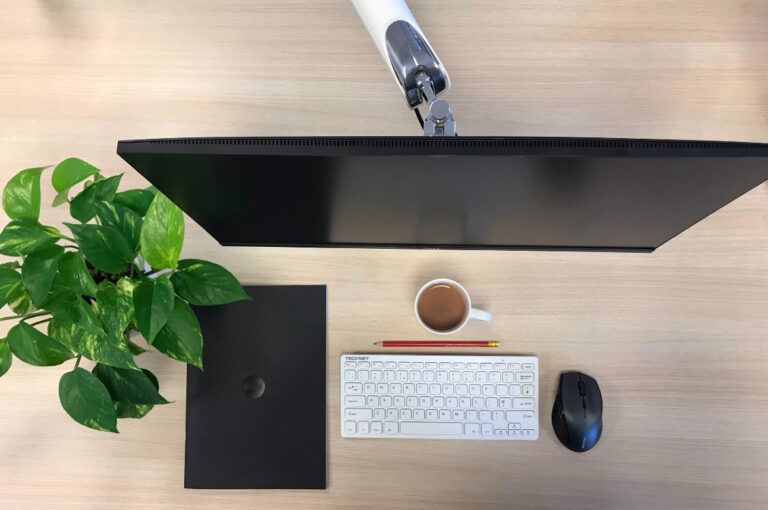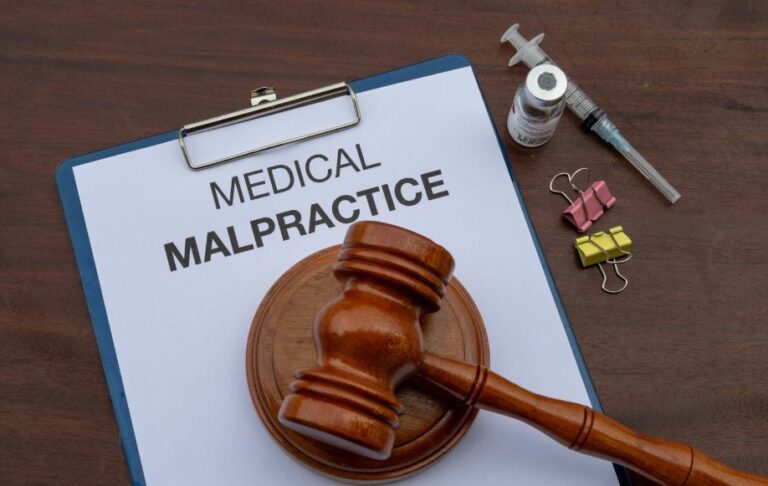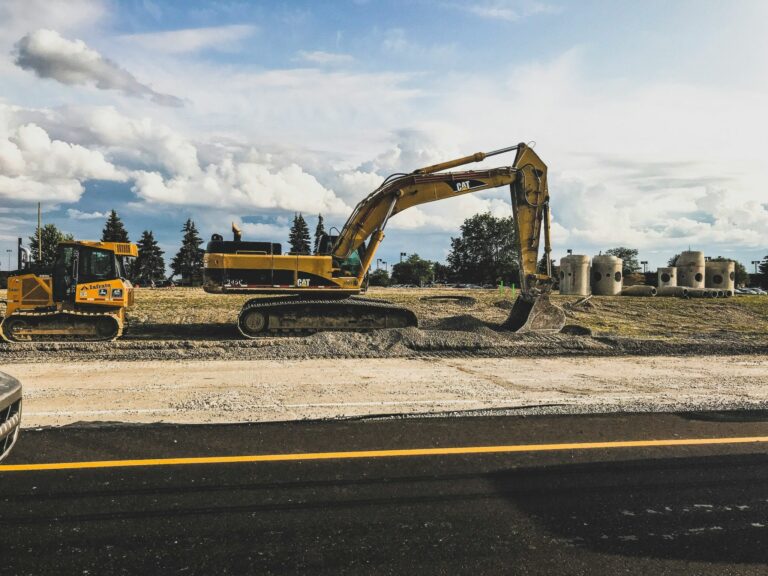In an attempt to reduce fraud in the construction industry, there have been radical changes implemented by HMRC that impose rules on the companies that are targeted by the new laws that are very different from how VAT has been collected and reported historically.
The onus is now on the customer to pay the VAT charged on invoices directly to HMRC, rather than to the supplier, if they report under the Construction Industry Scheme (CIS).
It should be noted that this only applies to businesses that are buying or selling products between VAT-registered contractors and sub-contractors within the construction industry.
From 1 March 2021, the domestic VAT reverse charge must be used for most supplies of building and construction services. reverse charge will not be implemented for any businesses who are providing a service directly to the consumer.
The reverse charge is an extension of the CIS scheme and for any services undertaken by the sub-contractor, the principal contractor paying them will be responsible for paying them net of VAT. The principal contractor will be responsible for paying across the VAT to HMRC, not the sub-contractor who raised the invoice and completed the works.
Government advice:
The following advice is direct from the Government and available on its website at Check when you must use the VAT reverse charge for building and construction services – GOV.UK (www.gov.uk)
If you are a VAT registered construction industry contractor, Government advice on what you need to do is:
- Check when you must use the reverse charge on your sales, purchases or both.
- Find out how the charge works if you supply services.
- Find out how the charge works if you buy services.
- Read more detailed guidance about the reverse charge.
- Tune into the online webinars available on gov.uk to get help and support for VAT.
When you must use the reverse charge:
You must use the reverse charge for the following services:
- Constructing, altering, repairing, extending, demolishing or dismantling buildings or structures (whether permanent or not), including offshore installation services.
- Constructing, altering, repairing, extending, demolishing of any works forming, or planned to form, part of the land, including (in particular) walls, roadworks, power lines, electronic communications equipment, aircraft runways, railways, inland waterways, docks and harbours, pipelines, reservoirs, water mains, wells, sewers, industrial plant and installations for purposes of land drainage, coast protection or defence.
- Installing heating, lighting, air-conditioning, ventilation, power supply, drainage, sanitation, water supply or fire protection systems in any building or structure.
- Internal cleaning of buildings and structures, so far as carried out in the course of their construction, alteration, repair, extension or restoration.
- Painting or decorating the inside or the external surfaces of any building or structure.
- Services which form an integral part of or are part of the preparation or completion of the services described above – including site clearance, earth-moving, excavation, tunnelling and boring, laying of foundations, erection of scaffolding, site restoration, landscaping and the provision of roadways and other access works.
When you do not use the reverse charge
Do not use the charge for the following services, when supplied on their own:
- Drilling for, or extracting, oil or natural gas.
- Extracting minerals (using underground or surface working) and tunnelling, boring, or construction of underground works, for this purpose.
- Manufacturing building or engineering components or equipment, materials, plant or machinery, or delivering any of these to site.
- Manufacturing components for heating, lighting, air-conditioning, ventilation, power supply, drainage, sanitation, water supply or fire protection systems, or delivering any of these to site.
- The professional work of architects or surveyors, or of building, engineering, interior or exterior decoration and landscape consultants.
- Making, installing and repairing art works such as sculptures, murals and other items that are purely artistic signwriting and erecting, installing and repairing signboards and advertisements.
- Installing seating, blinds and shutters.
- Installing security systems, including burglar alarms, closed circuit television and public address systems.
More information
More information and visual aids can be found on the Gov website article – Check when you must use the VAT reverse charge for building and construction services – GOV.UK (www.gov.uk)



